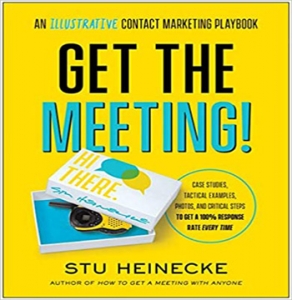Cutesy is for Dolls, Not Blog Post Titles
Flea Market Home & Living wasn’t the only home decorating magazine I browsed (see Tuesday’s post) in the course of “reading around” to get fresh blog marketing ideas and inspiration. Paging through Modern Home, I couldn’t help but be amused by the clever, “cutesy” article titles:
- Starting Fresh
- Sofa, So Good (go ahead, say it aloud)
- Yay, Boucle!
- How Do We Love Boho? Let Us Count the Ways
- Soft Rock
- Find and Seek
- Can You Handle It? (decorative knobs and door pulls)
- From Found to Finished
Unfortunately, when it comes to blog marketing, clever, cutesy titles are far from sofa, so good. The name of your blog post must make clear – to both searchers and search engines – what the post is about, and mystery titles simply don’t get that job done.
In Keyword Research for Magical SEO, Jennifer Lawrence lists different post title approaches:
- Listicles (10 Ways to….. 15 Reasons to…..)
- How To…
- Questions:
- Mistakes to avoid…..
- Comparisons (Which is better – ____ or ___?)
Whichever of these you select, Lawrence stresses, it’s important to first do keyword research and then incorporate one of the keywords in the title itself as well as in the body of the article.
Yahoo!small business explains there are three categories of keywords:
Generic –basic words that describe a product or service “( camera”, “accountant”, ”chiropractor”).
Descriptive – these keywords have adjectives to narrow the focus, such as “Indianapolis accountant” or “digital camera”.
Targeted – these keywords apply to only one product or service, such as “tax accountant” or “Samsung Galaxy 8 phone accessories”
Aside from SEO considerations, a blog post title in itself constitutes a set of implied promises to visitors: If you click on this title, you’re telling readers, it will lead you to a blog post that discusses the topic mentioned in the title. (As comedian Jerry Seinfeld put it – the pilot should end up where it says on the ticket!)
Sofa, so good. Truth, though, is that no clever title, even one that incorporates well-researched keyword phrases, can substitute for well-written, relevant content in the blog post itself, content that provides valuable information to your readers.






Follow us online!